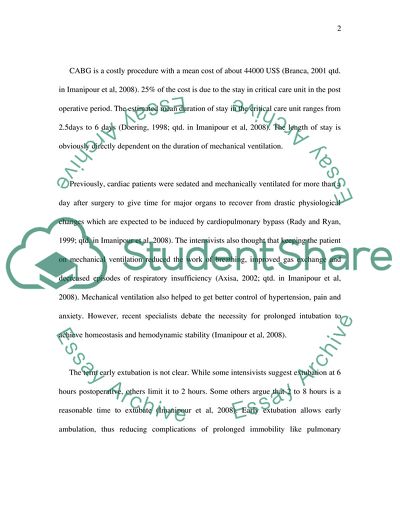Cite this document
(Prolong Intubation Post Coronary Artery Bypass Grafts Article, n.d.)
Prolong Intubation Post Coronary Artery Bypass Grafts Article. Retrieved from https://studentshare.org/health-sciences-medicine/1720814-effects-of-prolong-intubation-post-coronary-artery-bypass-grafts-on-patient-outcome
Prolong Intubation Post Coronary Artery Bypass Grafts Article. Retrieved from https://studentshare.org/health-sciences-medicine/1720814-effects-of-prolong-intubation-post-coronary-artery-bypass-grafts-on-patient-outcome
(Prolong Intubation Post Coronary Artery Bypass Grafts Article)
Prolong Intubation Post Coronary Artery Bypass Grafts Article. https://studentshare.org/health-sciences-medicine/1720814-effects-of-prolong-intubation-post-coronary-artery-bypass-grafts-on-patient-outcome.
Prolong Intubation Post Coronary Artery Bypass Grafts Article. https://studentshare.org/health-sciences-medicine/1720814-effects-of-prolong-intubation-post-coronary-artery-bypass-grafts-on-patient-outcome.
“Prolong Intubation Post Coronary Artery Bypass Grafts Article”, n.d. https://studentshare.org/health-sciences-medicine/1720814-effects-of-prolong-intubation-post-coronary-artery-bypass-grafts-on-patient-outcome.


